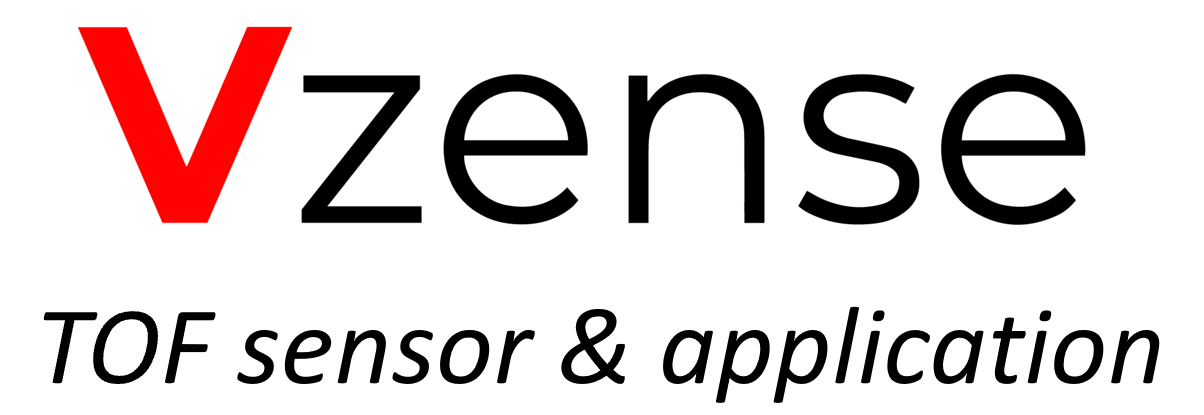Direct Dense Pose Estimation |
|---|
| Authors: Liqian Ma, Lingjie Liu, Christian Theobalt and Luc Van Gool |
| Abstract: Dense human pose estimation is the problem of learning dense correspondences between RGB images and the surfaces of human bodies, which finds various applications, such as human body reconstruction, human pose transfer, and human action recognition. Prior dense pose estimation methods are all based on Mask R-CNN framework and operate in a top-down manner of first attempting to identify a bounding box for each person and matching dense correspondences in each bounding box. Consequently, these methods lack robustness due to their critical dependence on the Mask R-CNN detection, and the runtime increases drastically as the number of persons in the image increases. We therefore propose a novel alternative method for solving the dense pose estimation problem, called Divide-and-conquer Direct Dense Pose (DDDP). DDDP uses a divide-and-conquer strategy, which first predicts the instance mask and global IUV representation separately and then combines them together. We also propose a simple yet effective 2D temporal-smoothing scheme to alleviate the temporal jitters when dealing with video data. Experiments demonstrate that DDDP overcomes the limitations of previous top-down baseline methods and achieves competitive accuracy. In addition, DDDP is computationally more efficient than previous dense pose estimation methods and it reduces jitters when applied to a video sequence, which is a problem plaguing the previous methods. |
| PDF (protected) |












